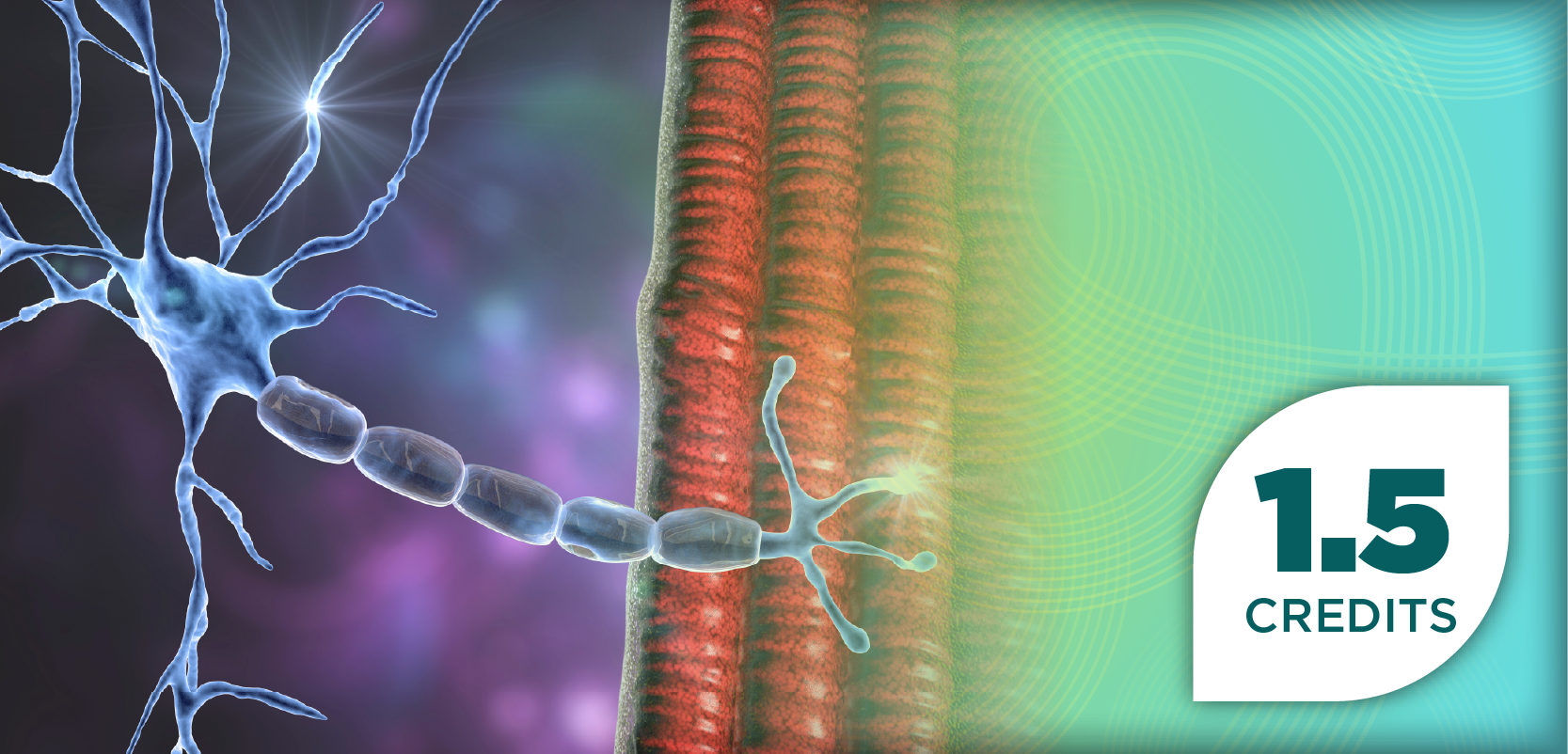
Sleep Apnea Linked to Increased Cerebral Microbleeds Over 8 Years
Key Takeaways
- Moderate to severe OSA is associated with an increased risk of cerebral microbleeds over eight years, highlighting the need for optimal management.
- A study of 1,441 adults found a positive association between OSA and increased risk of CMBs, stroke, and dementia.
Moderate to severe obstructive sleep apnea significantly increases the risk of cerebral microbleeds.
Moderate to severe obstructive sleep apnea (OSA) is associated with an increased risk of incident cerebral microbleeds (CMBs) over 8 years. The data, published in JAMA Network Open, help emphasize the importance of optimal OSA treatment to preserve brain health.1
In 2024, approximately 83.7 million adults in the US were living with OSA, with a higher incidence seen among women (59%). However, these data may not accurately reflect the actual number of cases, as OSA is largely underdiagnosed—highlighting an urgent need for improved screening. OSA is associated with various adverse cardiovascular health outcomes but may also have ties to cerebrovascular disease. The relationship between OSA and CMBs is largely unknown.1,2
“One common mechanism could be hypertension, which is also associated with OSA, resulting from repeated episodes of hypoxia during sleep and the associated carotid body sensitization," the authors explained. "Sleep apnea is also associated with blood pressure surges, which may be particularly injurious. However, even with adjustment for hypertension in our statistical models, the increased risk of CMBs associated with moderate to severe OSA remained."1
In this cohort study, researchers explored the association between OSA and CMBs and found a positive association between the development of CMBs and stroke and dementia risk in patients with OSA.1
The study included a total of 1441 adults (mean [SD] age, 57.75 [5.53] years; 759 female [52.67%]) with moderate to severe OSA from a longitudinal Korean community-based study who underwent in-home overnight polysomnography and brain magnetic resonance imaging at baseline (2011–2014) and at 2 follow-up visits: the first (2015–2018) and the second (2019–2022). Data were analyzed between March 2024 and January 2025.1
Apnea-hypopnea index levels characterized OSA severity as no OSA (0-4.9 events/h), mild OSA (5.0-14.9 events/h), and moderate to severe OSA (≥15.0 events/h). CMBs were defined as well-defined focal areas less than 10 mm in diameter with very low signal intensity on gradient echo T2*-weighted images.1
Of the population, 436 participants (30.25%) and 193 participants (13.39%) were diagnosed with mild and moderate to severe OSA. No OSA was reported in 812 participants.1
Relative risk estimates were calculated using modified Poisson regression (robust error variance), with 95% CIs of incident CMBs by OSA group. The researchers made adjustments for age, sex, education level, body mass index, physical activity level, smoking and drinking status, total and low-density lipoprotein cholesterol level, hypertension, diabetes, age-related white matter changes, change in apnea-hypopnea index level, change in body mass index, and mean arterial pressure of the corresponding follow-up.1
Incidence of CMBs was highest in patients with severe OSA (4.66%) compared with patients with mild or no OSA (1.61% vs 1.85%, respectively).1
At 4 years, the cumulative incidence of cerebral microbleeds (CMBs) was 15 participants (1.85%) in the non-OSA group, 7 participants (1.61%) in the mild OSA group, and 9 participants (4.66%) in the moderate to severe OSA group. By 8 years, these numbers increased to 27 participants (3.33%) for non-OSA, 14 participants (3.21%) for mild OSA, and 14 participants (7.25%) for moderate to severe OSA.1
In multivariable modified Poisson regression analyses, participants with moderate to severe OSA had a significantly higher risk of developing CMBs at 8 years compared with the non-OSA group (risk ratio [RR], 2.14; 95% CI, 1.08–4.23; P = .02). This association remained consistent regardless of APOE-ε4 carrier status. No significant increase in risk was observed at 4 years or among participants with mild OSA at any time point.1
These findings underscore the long-term neurological risks associated with moderate to severe OSA and highlight the importance of early detection, effective management, and ongoing monitoring. Optimizing treatment for OSA may not only improve cardiovascular outcomes but also help protect brain health.
REFERENCES
1. Siddiquee AT, Hwang YH, Kim S, et al. Obstructive sleep apnea and cerebral microbleeds in middle-aged and older adults. JAMA Network Open. 2025;8(10):e2539874. doi:10.1001/jamanetworkopen.2025.39874
2. Sönmez I, Vo Dupuy A, Yu KS, Cronin J, Yee J, Azarbarzin A. Unmasking obstructive sleep apnea: estimated prevalence and impact in the United States. Respir Med. 2025;248:108348. doi:10.1016/j.rmed.2025.108348
Newsletter
Stay informed on drug updates, treatment guidelines, and pharmacy practice trends—subscribe to Pharmacy Times for weekly clinical insights.









































































































































































































